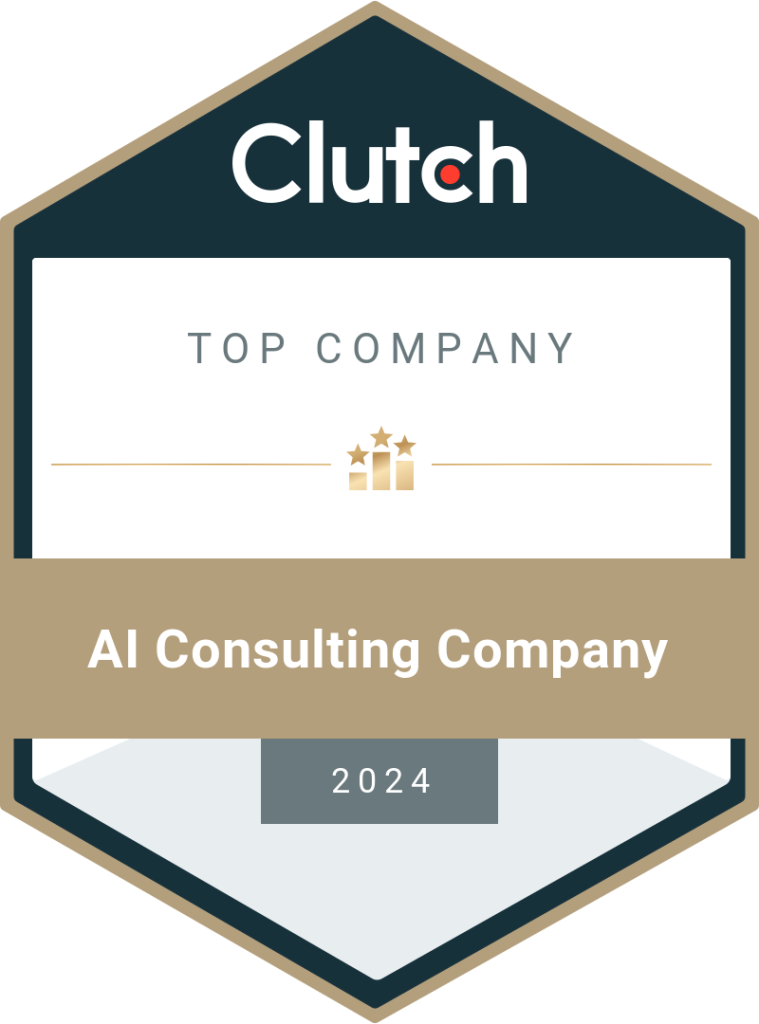16 Common Mistakes to Avoid in Digital Transformation
Digital transformation streamlines business processes and promotes data-driven decision-making through digitalization. Here, we’ll discuss the common mistakes to avoid when digitally transforming your enterprise and how to achieve success. Digital transformation is the use of technology to radicalize an enterprise and turn it into a digital-first data-driven model. This enhances business processes, increases customer experience, and improves revenue. Statistics show that digital transformation with grow at a CAGR (compound annual growth rate) of 19.48% to reach $767 billion by 2026. Another survey report shows that 70% of businesses have a digital transformation plan or are developing one. Furthermore, around 80% to 93% of employees think that increasing the use of technology will improve business performance. However, 41% of organizations are investing in digital transformation without researching customer requirements. Not all enterprises know how to initiate and continue the digital transformation, thus making numerous mistakes and generating losses. In this blog, we’ll read more about the mistakes and the reasons for DX failure in organizations, the challenges, barriers, and ways to avoid them. Why does Digital Transformation Fail? Research shows that a majority of digital transformation projects fail. In fact, according to a study by Boston Consulting Group, the failure rate is 70%. 825 organizations from around the world were included in the study. But why do 70% of digital transformations fail despite access to technology and talent? Experts say the reasons are straightforward, though many factors result in failure instead of success. In most instances, digital transformations fail not due to the lack of technology but due to mismanagement or lack of experience in implementing transformation in the organization. These issues can be effectively handled by partnering with digital transformation service providers. Offshore companies not only provide access to the necessary technology but also help leaders and employees proactively tackle the changes in their business. What are the 4 Key Challenges of Digital Transformation? What are the 5 Barriers to Effective Digital Transformation? Mistakes to Avoid in Digital Transformation Do you know that 87% of businesses know digital transformation will disrupt the industry, but only 44% are prepared to handle the disruptions? It’s no surprise that the digital transformation failure rate is high, with several enterprises not taking the necessary steps to avoid even the most common mistakes of digital transformation. Take a look at the mistakes to avoid when digitally transforming your organization. 1. Having an Incorrect Idea of Digital Transformation This is the biggest mistake to avoid in digital transformation adoption. The business must understand what it means to digitally transform the enterprise and its impact on the internal process, employee, customer relationships, finances, and market. Just because every industry expert says you need digital transformation doesn’t mean you dive right into it without understanding the core concepts. Spend time researching all aspects of digital transformation and how it can help your business. Find a digital transformation consulting company to help you get the answers to your questions. Don’t initiate any process or change without gaining clarity on the basics. 2. Blindly Following Trends Without Goals and Objectives Digital transformation is not a trend. It’s not something you do because your competitors are working on it. Following the ‘trends’ of digital transformation can cause more harm than good to your organization. Connectivity and integrations are the core of DX, and this can lead to many risks, such as data security lapses, violating data privacy regulations, etc. Instead, start with risk analysis to understand how digital transformation can affect your enterprise. Then, define the goals, objectives, and outcomes for the process. Align these with your business goals to have something concrete to work on. Avoid random digitalization of processes. 3. Not Considering All Phases of Digital Transformation Business digital transformation is not a single step or phase. It’s not a one-thing solution that will fix all problems in the organization. DX is implemented in phases and is a continuous process. It is a cycle where changes in one department impact the other and create a cohesive internal process across the enterprise. However, many businesses don’t consider the post-implementation phases of digital transformation. This creates uncertainty and leads to process errors as employees don’t know what to do when the new technology goes live. A simple way to avoid this mistake is by creating awareness and educating every involved about DX. 4. Not Having a Definite Outcome for the Process Why do you want to digitally transform the enterprise? What outcome do you wish to achieve? Digital transformation is likely to fail when you don’t have clear answers to these questions. The top management, decision-makers, and employees should know the implications of DX. Start by defining the outcomes and work backward to create a feasible and comprehensive digital transformation strategy. For example, the outcomes desired by a healthcare center will be different from that of an insurance company. You can make the right chances when you know what you want to achieve. 5. Underestimating the Cost of Digital Transformation This is another common mistake many enterprises make. Digital transformation is expensive. It requires continuous investment in revamping the IT infrastructure, training employees, and redefining the work culture. Many hidden costs affect your budget. CFOs need to be aware of the expenses before they approve the budget for digital transformation. That’s why CFOs, CEOs, COOs, and other decision-makers have to understand DX and be fully involved from the early days. You also have to choose between modernizing legacy systems and replacing them with completely new tools. Digital transformation experts can help make the right decisions and plan the costs based on your business requirements. 6. Excluding a Majority of the Stakeholders A recurring mistake several businesses make is to leave the frontline workers in the dark. If employees who will use the new technology and processes don’t know what’s happening in the background, they won’t be in a position to jump on board and accept the changes. For example, if you want to develop a model to assist customer care representatives, the AI experts need direct input from the representatives. This will enable them to build a model
Read More





